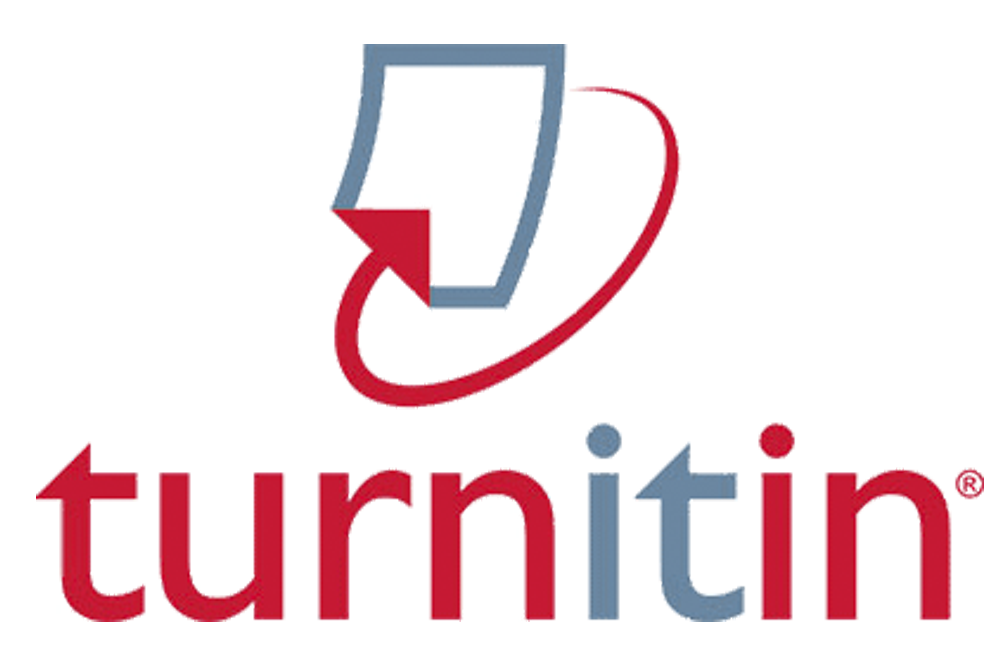Preliminary Study; Hidrothermal Alteration on Supergene Copper Deposits in Tonra Area Bone Regency South Sulawesi Province
Studi Pendahuluan; Alterasi Hidrotermal pada Endapan Tembaga Supergen di Daerah Tonra Kabupaten Bone Provinsi Sulawesi Selatan
DOI:
https://doi.org/10.20956/geocelebes.v6i2.20431Keywords:
Argillic, hydrothermal alteration, propylitic, supergene copperAbstract
Outcrops of supergene copper mineralization of azurite, and malasite types were found in the Tonra Region, Bone Regency, South Sulawesi Province. Hydrothermal alteration can be used to interpret and understand the origin of supergene mineralization and identify hypogene mineralization. This research includes identification of hydrothermal alteration mineral types and their alteration types. Sample processing using megascopic analysis, microscopic petrography and XRD mineralogy. The results of megascopic analysis show three altered outcrops with physical changes as markers of altered rock. Microscopic analysis of petrography and XRD mineralogy showed the presence of quartz, paligorskit, kaolinite, illite, chlorite, ankerite, calcite, zeolite, epidote, and sphalerite minerals. This research explains that in the research location has two types of argillic and propylitic alteration. The type of argillic alteration is characterized by the presence of quartz-kaolinite-illite minerals, based on the formation temperature in the range of 100-300oC and acidic pH. The propylitic alteration type is characterized by chlorite-epidote-carbonate minerals, based on the formation temperature ranging from 150-300oC and neutral pH.
References
Chávez, W.X. 2000. Supergene oxidation of copper deposits: zoning and distribution of copper oxide minerals. SEG Newsletter. 41, pp.10 – 21. https://pyrite.utah.edu/shortcourses/map2002/Oxide.pdf
Corbett, G.J. and Leach, T.M, 1998. Southwest Pacific Rim Gold. Copper System: Structure, Alteration and Mineralization. Special Publications of The Society of Economic Geologists. 6. https://doi.org/10.5382/SP.06
Hedenquist, J.W., Matsuhisa, Y., Izawa, E., White, N.C., Giggenbach, W.F. and Aoki, M. 1994. Geology, geochemistry, and origin of high sulfidation Cu-Au mineralization in the Nansatsu district, Japan. Economic Geology. 89(1), pp.1-30. https://doi.org/10.2113/gsecongeo.89.1.1
Madi, A. 2020. Karakteristik Mineralisasi pada Endapan Hidrotermal Prospek Beringin Halmahera Mineral, Halmahera Utara, Provinsi Maluku Utara. Jurnal GEOMining. 1(1), pp.38-48. http://ejournal.unkhair.ac.id/index.php/geomining/article/view/2123
Nur, I., Sufriadin., Ilyas, A. and Irfan, U.R. 2019. Hydrothermal Alteration Associated with Vein-Type Sulphide Mineralization at Lappadata Prospect, South Sulawesi, Indonesia: A Preliminary Study. IOP Conference Series: Materials Science and Engineering. 676(1), p. 012033. https://doi.org/10.1088/1757-899X/676/1/012033
Ross, C.S. and Hendrick, S. 1945. Minerals of the montmorillonite group, their origin and relation to soils and clays. Washington: United States Government Printing Office. p.23-79. https://pubs.usgs.gov/pp/0205b/report.pdf
Sukamto, R. and Supriatna, S. 1982. Peta geologi lembar Ujung Pandang, Benteng dan Sinjai, Sulawesi. Bandung: Pusat Penelitian dan Pengembangan Geologi. https://geologi.esdm.go.id/geomap/pages/preview/peta-geologi-lembar-buton-sulawesi-tenggara
Sukandarrumidi. 2016. Geologi Mineral Logam. Yogyakarta: Gadjah Mada Universiry Press.
Downloads
Published
How to Cite
Issue
Section
License
Authors who publish with this journal agree to the following terms:
- Authors retain copyright and grant the journal right of first publication with the work simultaneously licensed under a Creative Commons Attribution License that allows others to share the work with an acknowledgement of the work's authorship and initial publication in this journal.
- Authors are able to enter into separate, additional contractual arrangements for the non-exclusive distribution of the journal's published version of the work (e.g., post it to an institutional repository or publish it in a book), with an acknowledgement of its initial publication in this journal.
- Authors are permitted and encouraged to post their work online (e.g., in institutional repositories or on their website) prior to and during the submission process, as it can lead to productive exchanges, as well as earlier and greater citation of published work (See The Effect of Open Access).





